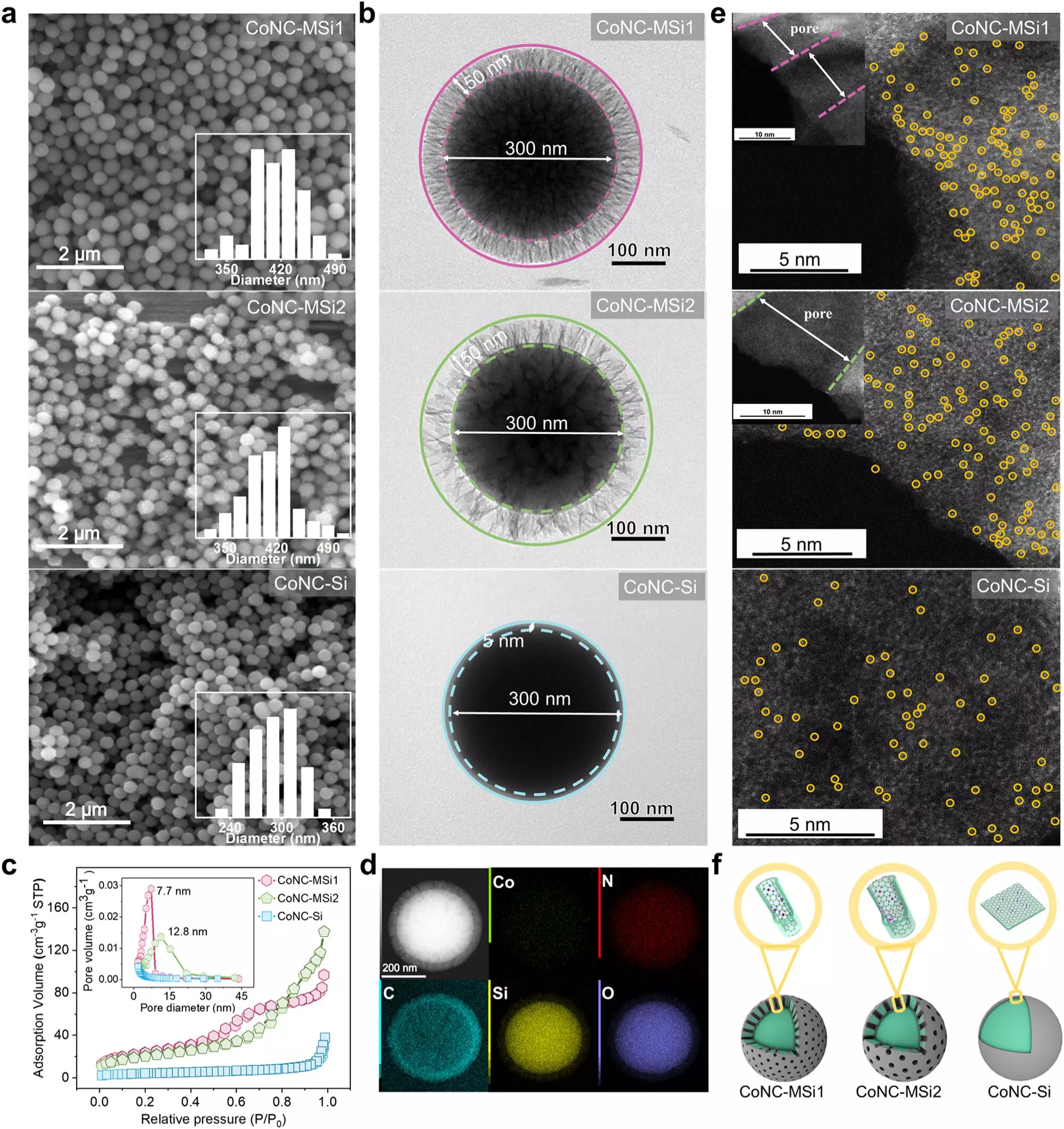In a significant advancement for environmental science, researchers from the University of Science and Technology of China (USTC) and the Suzhou Institute for Advanced Study have unveiled a pioneering method for combating water pollution. Their research, published in *Nature Communications*, highlights the use of single-atom catalysts (SACs) within a Fenton-like catalytic system, marking a noteworthy enhancement in pollutant degradation efficiency. The implications of this discovery are immense, offering new pathways toward cleaner water and improved public health.
Single-atom catalysts represent a revolutionary approach in chemical reactions, famed for their ability to facilitate the breakdown of harmful contaminants in water. Despite their potential, earlier attempts at utilizing SACs in green chemistry faced hurdles in efficiency. The primary challenges arose from the sluggish diffusion of reactants to the catalyst’s surface and an excessive requirement for oxidants. Previous research shed light on these barriers, attributing some improvements to the localized accumulation of reactants and oxidants within nanoconfined environments. However, the underlying mechanisms remained unclear, leading researchers to seek better solutions.
The breakthrough came when the research team confined SACs in microscopic pores of silica particles, a move that significantly accelerated chemical reactions. This innovative approach not only enhanced the local concentration of pollutants and oxidants but also shifted the catalytic pathway. Previously reliant on singlet oxygen, the new reaction mechanism focused on direct electron transfer, portraying a substantial leap in efficiency. Such a transformation was crucial; it allowed for a staggering 34.7-fold increase in the rate at which pollutants were degraded compared to conventional methods.
The efficacy of this new system extended beyond mere numbers, demonstrating exceptional improvements in oxidant usage, rising from 61.8% to an impressive 96.6%. These advancements were not isolated to theoretical scenarios; the system proved its mettle across a range of electron-rich phenolic compounds and showcased remarkable robustness in real-world conditions, including tests conducted on actual lake water. This adaptability underscores the practical relevance of the research, positioning it as a viable solution for addressing various water quality issues.
This groundbreaking research resonates beyond the laboratory, heralding a new era for low-carbon water purification techniques. By rendering water treatment processes more efficient and sustainable, the findings pave the way for future innovations in advanced oxidation processes and other environmental applications. The insights gained about how nanoconfined catalysts function are expected to inspire further research, with a clear directive towards enhancing water quality while minimizing ecological footprints.
The development of a novel SAC-based Fenton-like catalytic system is a significant milestone in the quest to combat water pollution. As researchers continue to explore this promising avenue, the potential for creating more effective and environmentally friendly water purification technologies becomes increasingly tangible. The strides made by the USTC and Suzhou Institute for Advanced Study not only enrich the field of environmental science but also provide hope for more integrated and sustainable management of water resources in the future.

